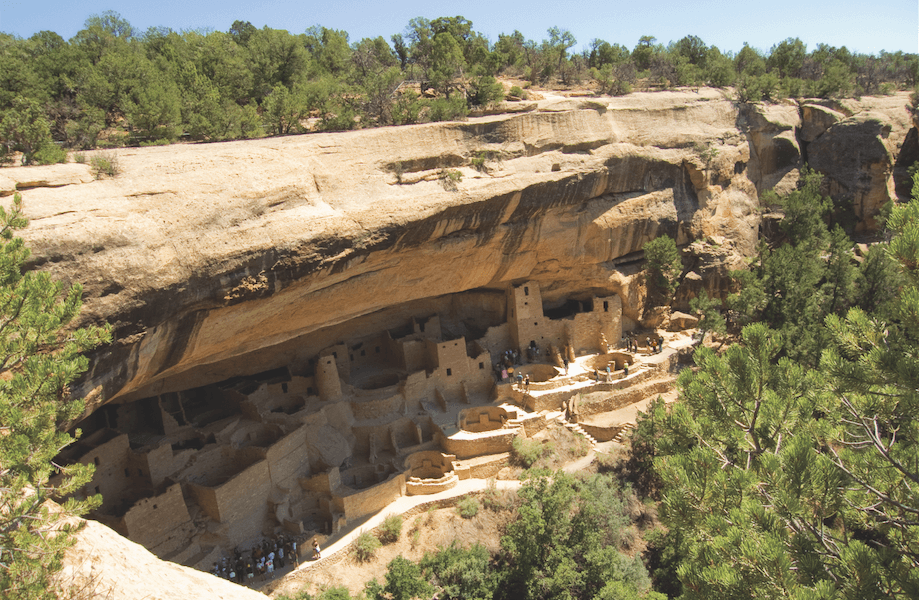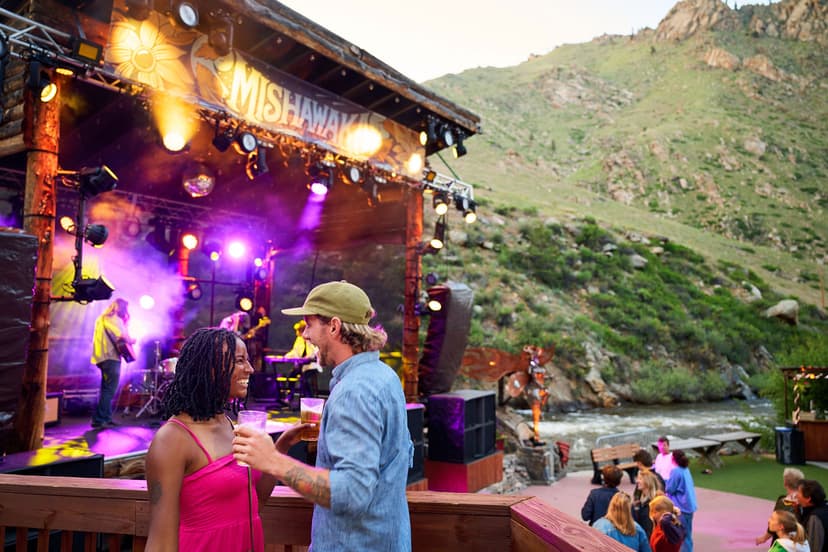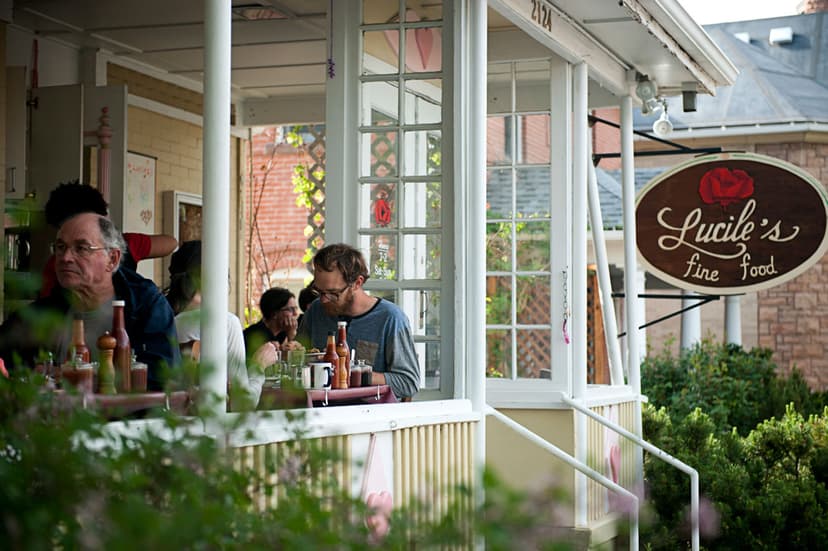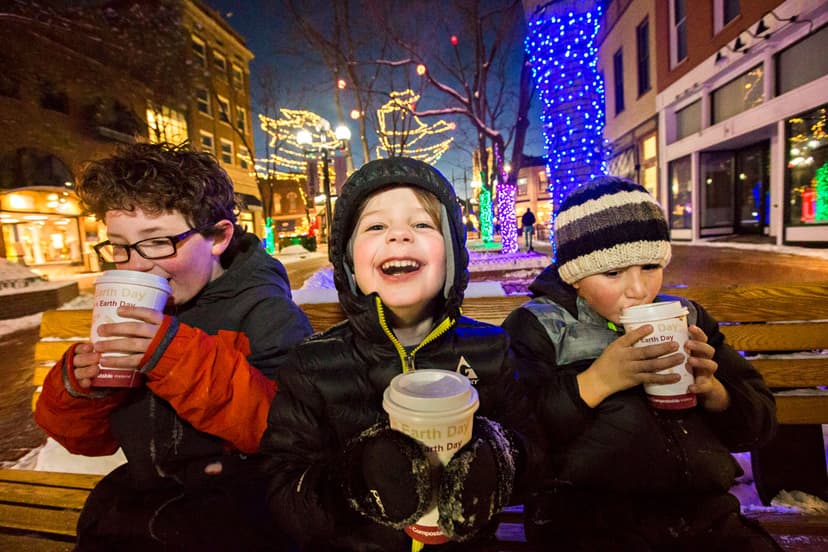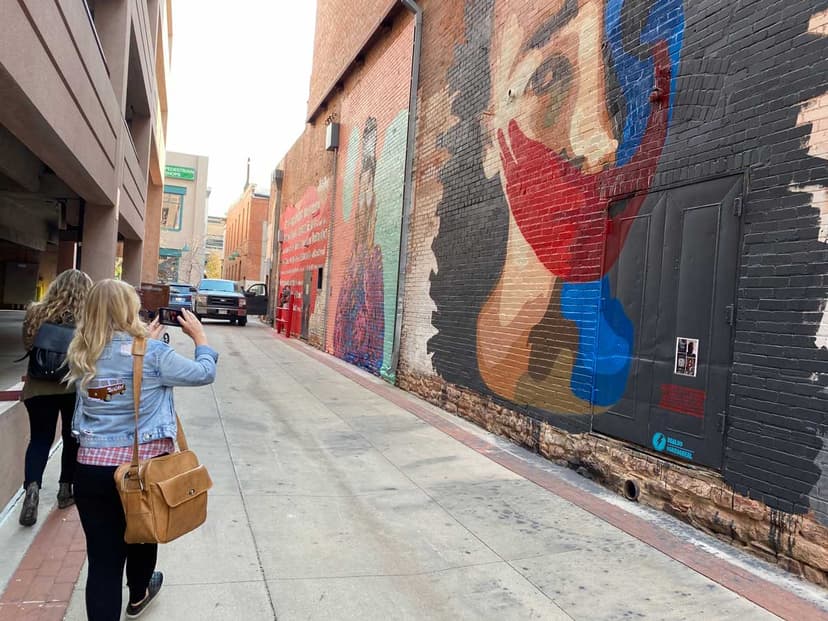1. Mesa Verde National Park
Inside the national treasure of Mesa Verde National Park near Cortez are more than 600 dwellings carved out of rock thousands of years ago by the area’s Ancestral Puebloans. They sit abandoned by their creators beneath protective cliffs. Come see the Southwestern landscape through new eyes: climb ancient staircases, marvel at the sandstone masonry and peer through rock-carved windows into the past.
2. Ute Indian Museum
The lives and ways of the Utes — the indigenous inhabitants of western Colorado — are commemorated at the Ute Indian Museum in Montrose, one of the few in the country devoted to a single tribe. Be sure to watch the video on the traditional bear dance, visit the memorial to Chief Ouray and see the grave of his wife Chipeta. Surrounding walking trails provide a peaceful place to reflect after your visit.
3. Ute Council Tree
Once a 200-plus-year-old cottonwood where it's been claimed that Chief Ouray, his wife Chipeta and Ouray’s braves met with white settlers to smoke the pipe of peace and settle their differences, what remains of the Ute Council Tree in Delta is a 23-foot stump. Chipeta was said to have been the only Native American woman ever permitted to sit in council meetings. The site, still considered a cultural landmark, is accompanied by a sign placed by the Delta County Historical Society.
4. Canyons of the Ancients National Monument
There are more than 6,000 documented archaeological sites in this “outdoor museum,” but most are not marked or obvious to the untrained eye. Read: Fewer crowds, but a find-it-yourself approach. A great starting point is the Canyons of the Ancients Visitor Center & Museum in Dolores, which provides information on exploring the monument, as well as exhibits on archaeology and local history, two 12th-century archaeological sites and a nature trail.
5. Hovenweep National Monument
Near Canyons of the Ancients, Hovenweep National Monument’s six prehistoric, Puebloan-era villages are spread over a 20-mile expanse of mesa tops and canyons. Explore the Square Tower Group to get a first glimpse of the Puebloans’ expert masonry. Still-standing circular towers, walls with pictographs, kivas (ceremonial underground rooms), stone dams and more can be found along several short hiking trails.
